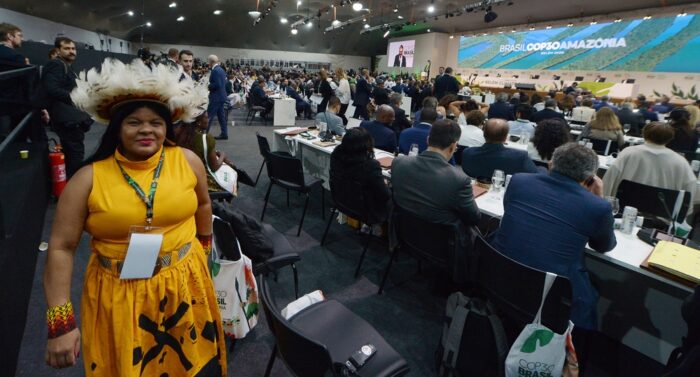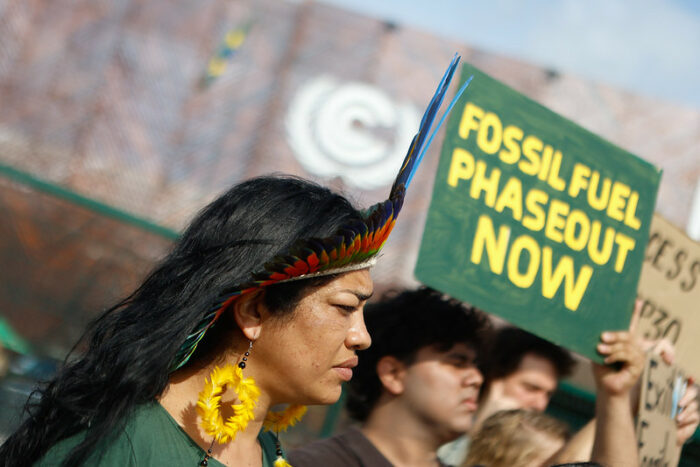Find all related Progressive Post
Progressive Post
According to Eurostat, Euro area annual inflation is expected to be 10 per cent in September 2022, with the most prominent drivers being energy, which is expected to have the highest annual rate in September (close to 40per cent) and food (close to 12 per cent). Hundreds of millions of Europeans are currently experiencing the highest inflation of their lifetime, but its social impact is still under-appreciated.
The economic sequence European countries are going through seems straight out of a history book on the beginning of the 1970s: a conflict at the gates of Europe generates a retaliation embargo on fossil fuels, which leads to policies of forced energy sobriety in the targeted countries. In the ‘stagflationary’ context of the first oil shock of 1973-74, economist Arthur Okun developed an indicator that intended to capture the double social malaise that took a grip on western countries, where high levels of unemployment were compounded by rampant inflation (nearly 14 per cent inflation in France, for example, in 1974, the threshold of one million unemployed crossed the following year): this macroeconomic ‘misery index’, adding the unemployment rate to the inflation rate.
In an attempt to shed light on the current European social context, one could recalculate the misery index, this time focusing attention on the two factors which largely explain the dynamics of current consumer prices: food and energy. But as the sole evolution of consumer prices of these necessities does not make it possible to apprehend their social impact, one could rather refer to two social-ecological indicators: energy poverty and food insecurity.
Energy poverty is a multi-dimensional phenomenon that has no single definition in the European Union and is usually considered to be the result of three factors: low income, poor housing conditions and high energy prices. The EU Energy Poverty Observatory (EPOV) thus retains four primary indicators and 19 secondary ones to grasp energy poverty. A good summary indicator for assessing the situation of the various European countries is the one published by Eurostat which measures the percentage of the population saying they are unable to maintain an adequate temperature in their home.
Food insecurity is an even more complex phenomenon to define and measure. The International Food and Agriculture Organisation (FAO) describes it as a situation where people do not have regular access to enough healthy food and nutrients needed for normal biological growth and development, and to lead an active and healthy life. The FAO publishes an annual report on the state of food security and nutrition in the world, where the focus is logically on developing countries, but where data for all countries are published. One can of course refine this definition and understand food insecurity more broadly as reduced or culturally unacceptable access to adequate food (in terms of quality, quantity, and safety) or the perceived risk of losing this access.
By using data from Eurostat and the FAO, we can calculate an indicator of social-ecological misery for most EU countries based on the share of the total population victim of energy poverty and food insecurity (social-ecological misery index = average (share of total population in energy poverty + share of the total population in food insecurity), see chart below).
Chart: Social-ecological misery index for European countries, in per cent of the total population (2018 for food insecurity and 2020 for energy poverty)
Data source: FAO and Eurostat, author’s calculation.
If one uses this metric as an indicator of the social crises that might erupt in European countries over the next few months, it becomes clear that eastern and southern European countries are in a particularly vulnerable situation (including Italy and Spain), while even the French and the German situation are not reassuring at all.
This leads to two insights. First, too often, the conversation in Europe about low carbon transition centres on the perception that it will create social inequality that will infuriate citizens. In reality, while the energy transition is barely starting on the continent, we should be concerned by social inequality stemming from the existing economic system and non-transition policies. Energy poverty and food insecurity were at the heart of the protest of French ‘yellow vests’, who revolted against a potential increase in environmental taxation highlighting the reality of their social condition in a country where energy transition has been stalled for years, because of nuclear complacency, and where urban planning inherited from the 1970s and 1980s traps people in fossil fuels (with forced commuting between peripheries and urban centres and under-investment in collective transportation). Of course, green transition policies can create or aggravate inequality, which is why we should be having a robust conversation on just transition policies.
Moreover, we need to understand ‘the return of inflation’ in light of the dependence on fossil fuels on the one hand and energy poverty and food insecurity on the other. We, of course, need to think about effective remedies to inflation that take into account these factors. But we also need to be aware of false remedies, such as increasing interest rates, which could make the social situation even worse.
US conservative economist Milton Friedman once remarked that “inflation is always and everywhere a monetary phenomenon”, but it could be that in the 21st century, inflation becomes a rather social-ecological phenomenon. In other words: inflation is a very good example of the need to shift to a 21st-century economic mindset: 21st-century economies are embedded economies, limited on one side by biophysics laws and planetary boundaries, and on the other by social justice.
Because of this embedment, 21st-century economies should aim for essential well-being, which combines universal human needs with planetary boundaries, rather than just for insatiable and destructive economic growth.
Photo credits Shutterstock/Cristi Croitoru
| Cookie | Duration | Description |
|---|---|---|
| cookielawinfo-checkbox-advertisement | 1 year | Set by the GDPR Cookie Consent plugin, this cookie is used to record the user consent for the cookies in the "Advertisement" category . |
| cookielawinfo-checkbox-analytics | 11 months | This cookie is set by GDPR Cookie Consent plugin. The cookie is used to store the user consent for the cookies in the category "Analytics". |
| cookielawinfo-checkbox-functional | 11 months | The cookie is set by GDPR cookie consent to record the user consent for the cookies in the category "Functional". |
| cookielawinfo-checkbox-necessary | 11 months | This cookie is set by GDPR Cookie Consent plugin. The cookies is used to store the user consent for the cookies in the category "Necessary". |
| cookielawinfo-checkbox-others | 11 months | This cookie is set by GDPR Cookie Consent plugin. The cookie is used to store the user consent for the cookies in the category "Other. |
| cookielawinfo-checkbox-performance | 11 months | This cookie is set by GDPR Cookie Consent plugin. The cookie is used to store the user consent for the cookies in the category "Performance". |
| csrftoken | past | This cookie is associated with Django web development platform for python. Used to help protect the website against Cross-Site Request Forgery attacks |
| JSESSIONID | session | The JSESSIONID cookie is used by New Relic to store a session identifier so that New Relic can monitor session counts for an application. |
| viewed_cookie_policy | 11 months | The cookie is set by the GDPR Cookie Consent plugin and is used to store whether or not user has consented to the use of cookies. It does not store any personal data. |
| Cookie | Duration | Description |
|---|---|---|
| __cf_bm | 30 minutes | This cookie, set by Cloudflare, is used to support Cloudflare Bot Management. |
| S | 1 hour | Used by Yahoo to provide ads, content or analytics. |
| sp_landing | 1 day | The sp_landing is set by Spotify to implement audio content from Spotify on the website and also registers information on user interaction related to the audio content. |
| sp_t | 1 year | The sp_t cookie is set by Spotify to implement audio content from Spotify on the website and also registers information on user interaction related to the audio content. |
| Cookie | Duration | Description |
|---|---|---|
| CONSENT | 2 years | YouTube sets this cookie via embedded youtube-videos and registers anonymous statistical data. |
| iutk | session | This cookie is used by Issuu analytic system to gather information regarding visitor activity on Issuu products. |
| s_vi | 2 years | An Adobe Analytics cookie that uses a unique visitor ID time/date stamp to identify a unique vistor to the website. |
| Cookie | Duration | Description |
|---|---|---|
| NID | 6 months | NID cookie, set by Google, is used for advertising purposes; to limit the number of times the user sees an ad, to mute unwanted ads, and to measure the effectiveness of ads. |
| VISITOR_INFO1_LIVE | 5 months 27 days | A cookie set by YouTube to measure bandwidth that determines whether the user gets the new or old player interface. |
| YSC | session | YSC cookie is set by Youtube and is used to track the views of embedded videos on Youtube pages. |
| yt-remote-connected-devices | never | YouTube sets this cookie to store the video preferences of the user using embedded YouTube video. |
| yt-remote-device-id | never | YouTube sets this cookie to store the video preferences of the user using embedded YouTube video. |
| yt.innertube::nextId | never | This cookie, set by YouTube, registers a unique ID to store data on what videos from YouTube the user has seen. |
| yt.innertube::requests | never | This cookie, set by YouTube, registers a unique ID to store data on what videos from YouTube the user has seen. |
| Cookie | Duration | Description |
|---|---|---|
| COMPASS | 1 hour | No description |
| ed3e2e5e5460c5b72cba896c22a5ff98 | session | No description available. |
| loglevel | never | No description available. |


